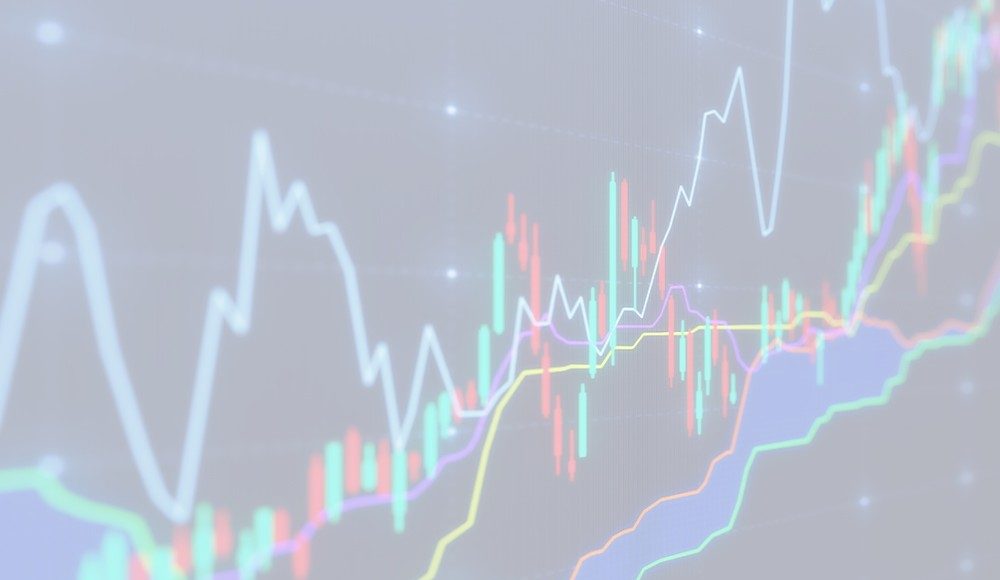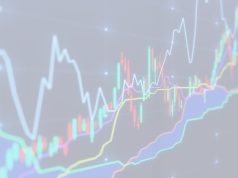Some stocks drift lower for good reason — but others fall far enough that the risk-reward equation starts to tilt in your favor. Schlumberger (SLB), one of the biggest names in oilfield services, may be reaching that point now.
SLB has been around a long time and remains the largest constituent of the Philadelphia Oil Services Index. I’ve been following the company for decades, and while the market environment has changed, the core truth remains: this is a business tied to global energy demand. And even in 2025, that demand is still growing.
According to the International Energy Agency, global oil demand is expected to increase by 1.2% this year, with most of that growth coming from China, India, and other non-OECD markets. That plays directly into Schlumberger’s strength — about 60% of its revenue comes from international operations, not the more sluggish U.S. market.
SLB is also investing heavily in efficiency and tech, including its DELFI digital platform. That helped boost Q1 2025 adjusted EBITDA margins to 25.3%, up 120 basis points year-over-year. Meanwhile, the company landed a $7.8 billion contract with ADNOC in the Middle East — a region known for higher margins and longer contract visibility.
Financially, management guided for 15% revenue growth in 2025 and expects earnings of $3.50 per share. At recent prices, that implies a forward P/E around 13 — notably cheaper than peers like Halliburton. The company is also actively returning cash to shareholders, with a 2.3% dividend yield and a $3 billion buyback program, all backed by $1.2 billion in free cash flow.
So why is the stock still down?
Partly, it’s the slow pace of oil demand growth. The energy transition is putting pressure on long-term exploration budgets. U.S. shale, which accounts for about 20% of SLB’s revenue, is stagnating — rig counts are down 5% year-over-year. There are also the usual geopolitical and macro risks: tariff noise, oil price volatility, and uncertainties around OPEC+ production.
The chart has also been a headwind. SLB hasn’t broken meaningfully above its 150-day moving average since late 2023, and the longer-term trend has been weak. That said, some technical indicators — including the Commodity Channel Index — are beginning to flash bullish again, and the stock has held its April lows.
Looking ahead, earnings are due July 18. Analysts expect $0.74 in adjusted EPS on $8.52 billion in revenue, both down from the prior year. That’s not great, but it’s largely baked in.
And here’s the thing: valuation. By historical standards, SLB is trading at one of its cheapest multiples ever — levels we’ve only seen during the depths of the pandemic and the global financial crisis. If you believe the company is fundamentally sound (and there’s a good case that it is), then this may be a classic “basing” setup.
If you’re cautious about buying shares outright, one lower-risk way to get involved is by selling puts.
Example strategy:
Sell the August 15th $35 put. This gives you the opportunity to collect premium now and potentially buy SLB shares at a discount if the stock dips. If it doesn’t, you keep the premium — and you can always reload the trade.
Bottom line:
Schlumberger’s fundamentals aren’t falling apart — they’re actually improving internationally. And while the U.S. business is soft, valuation is already pricing in a lot of negativity. For investors with a medium-term horizon and some risk tolerance, this could be a spot to get creative.








